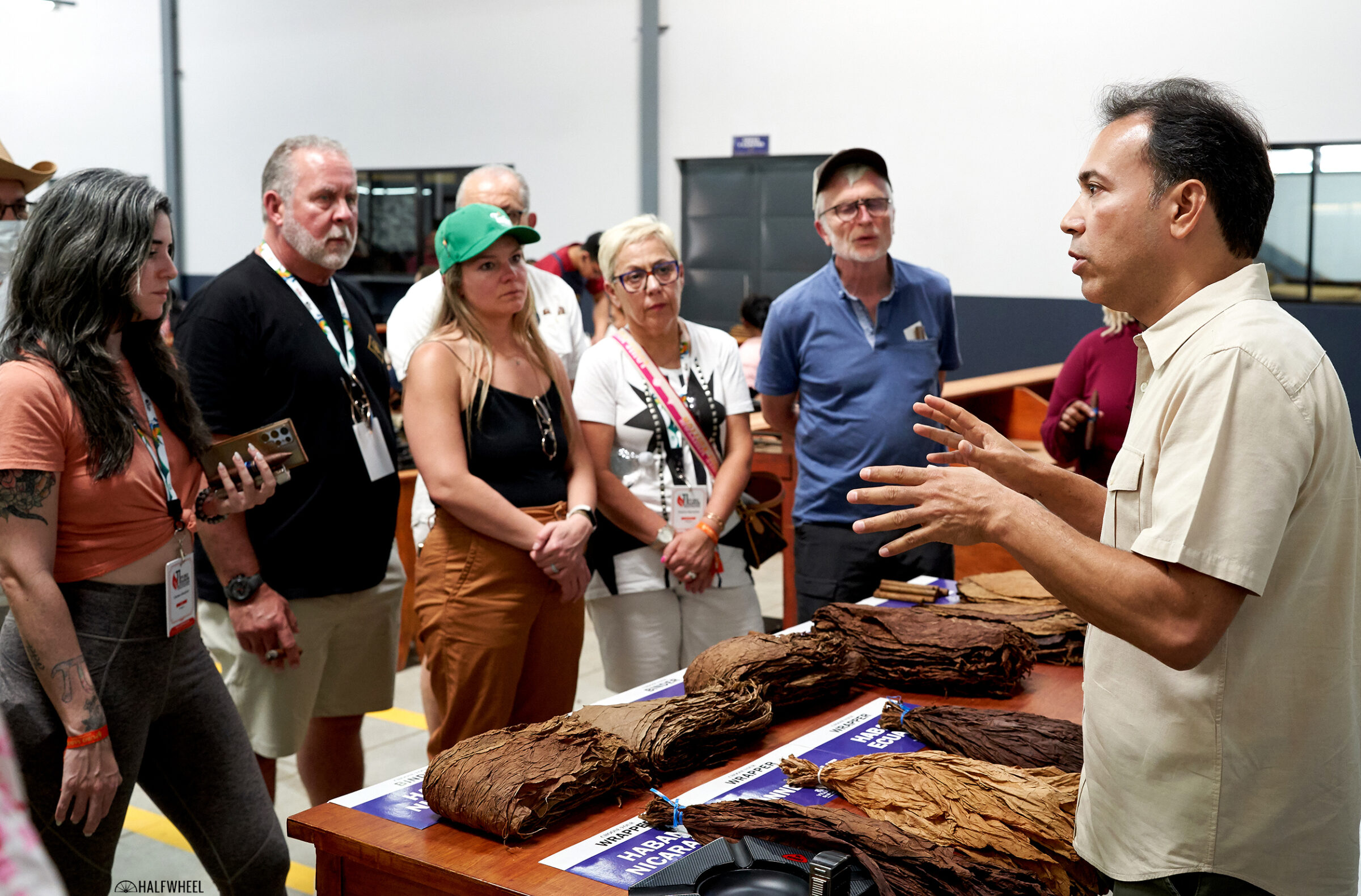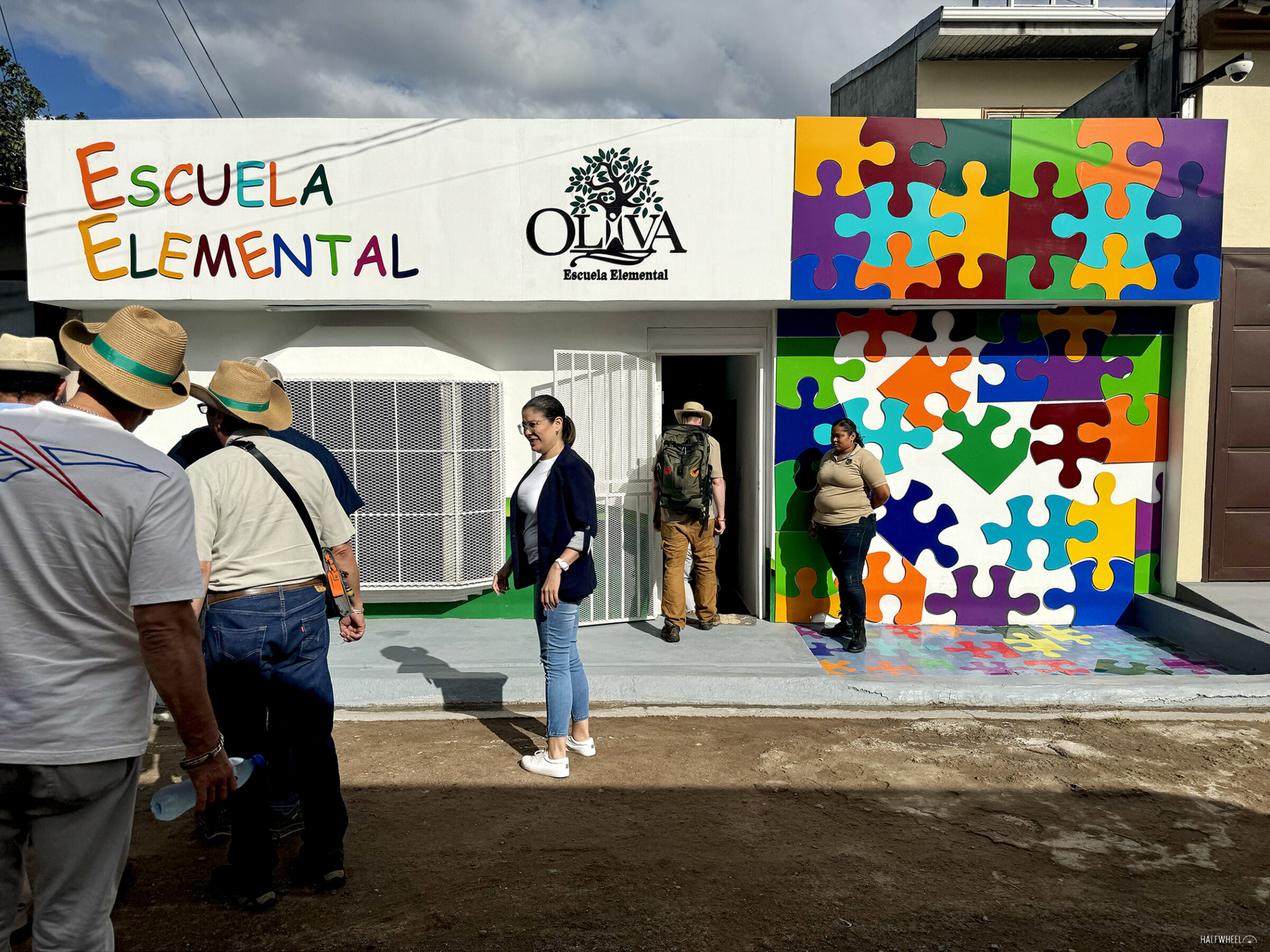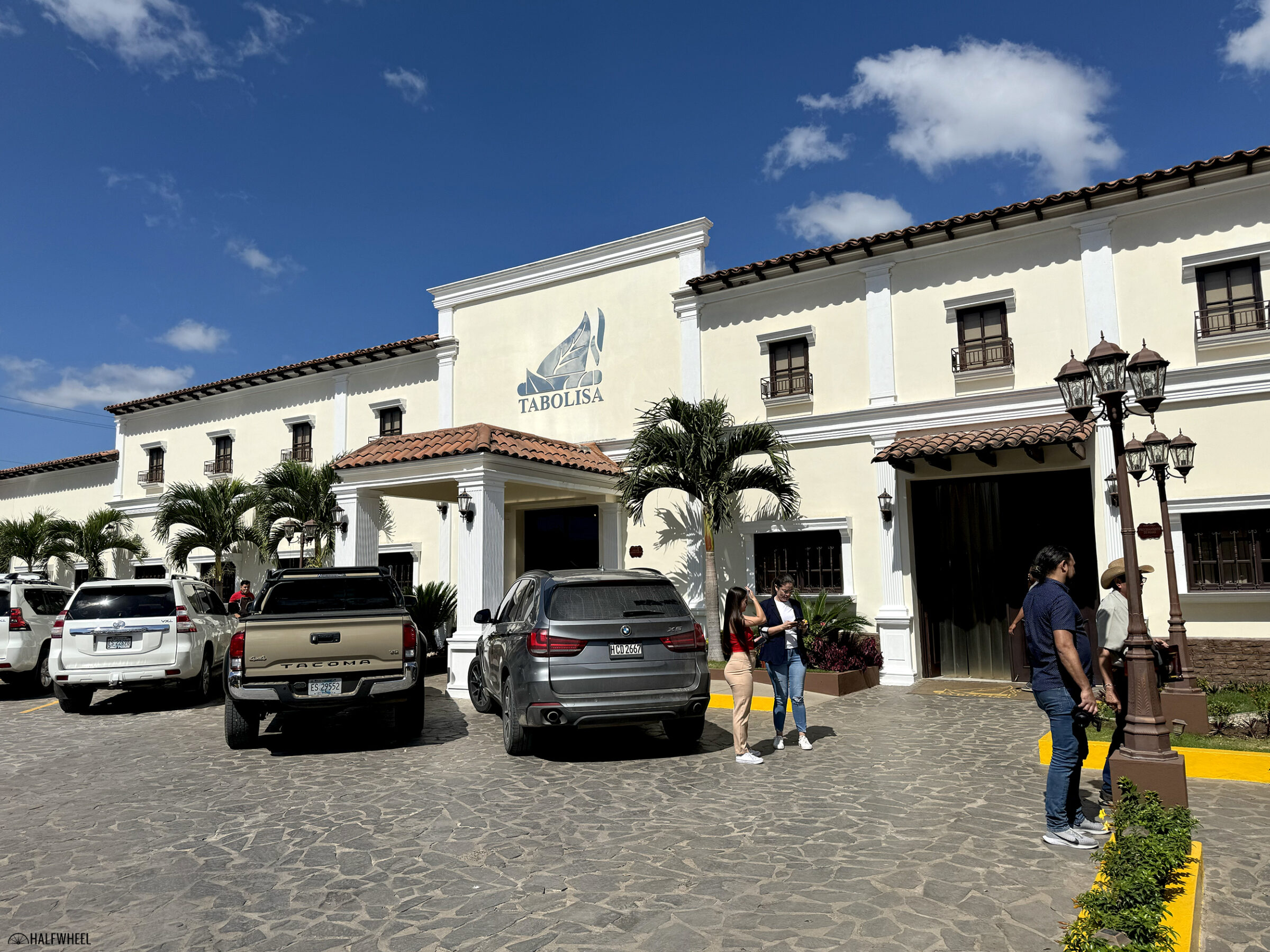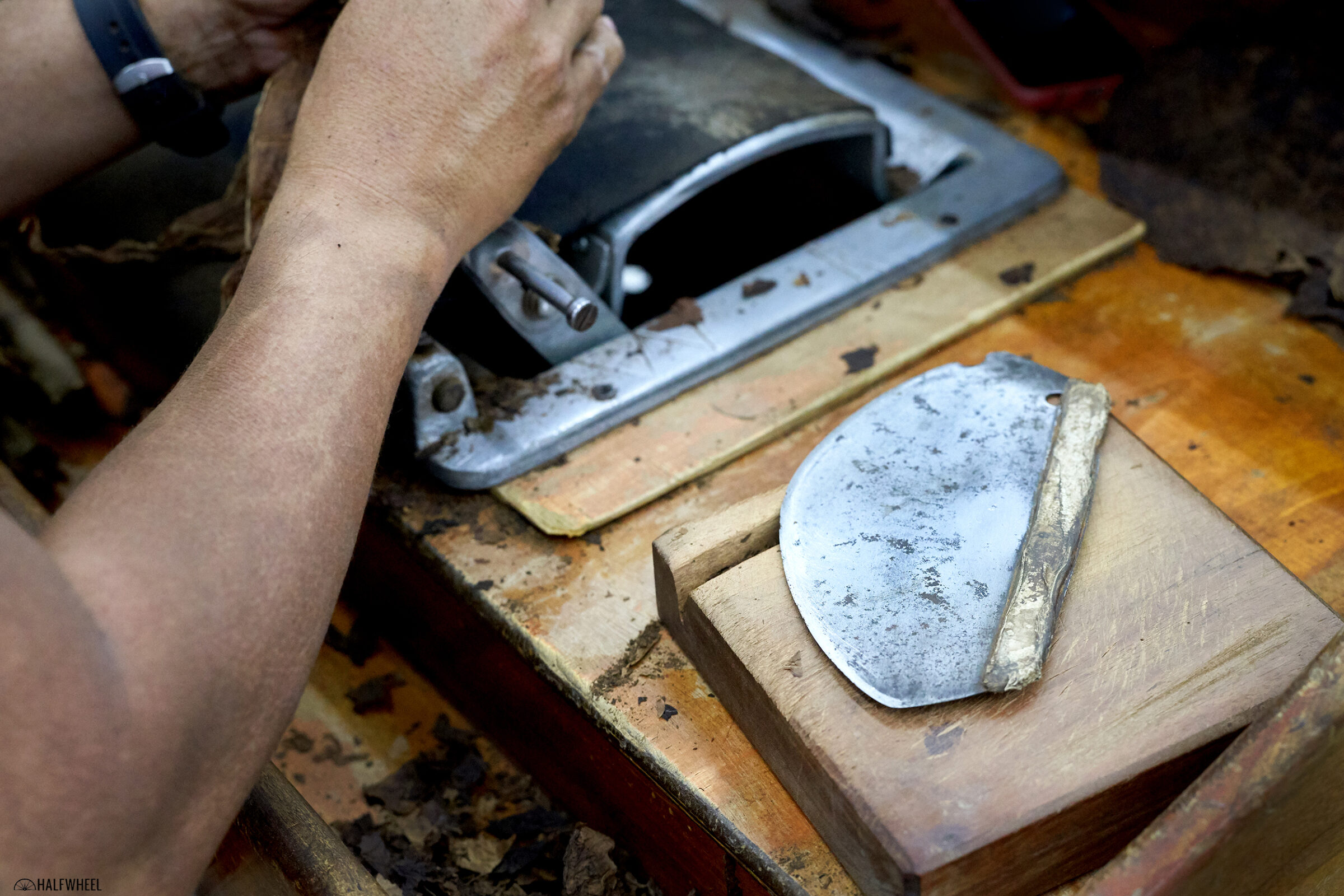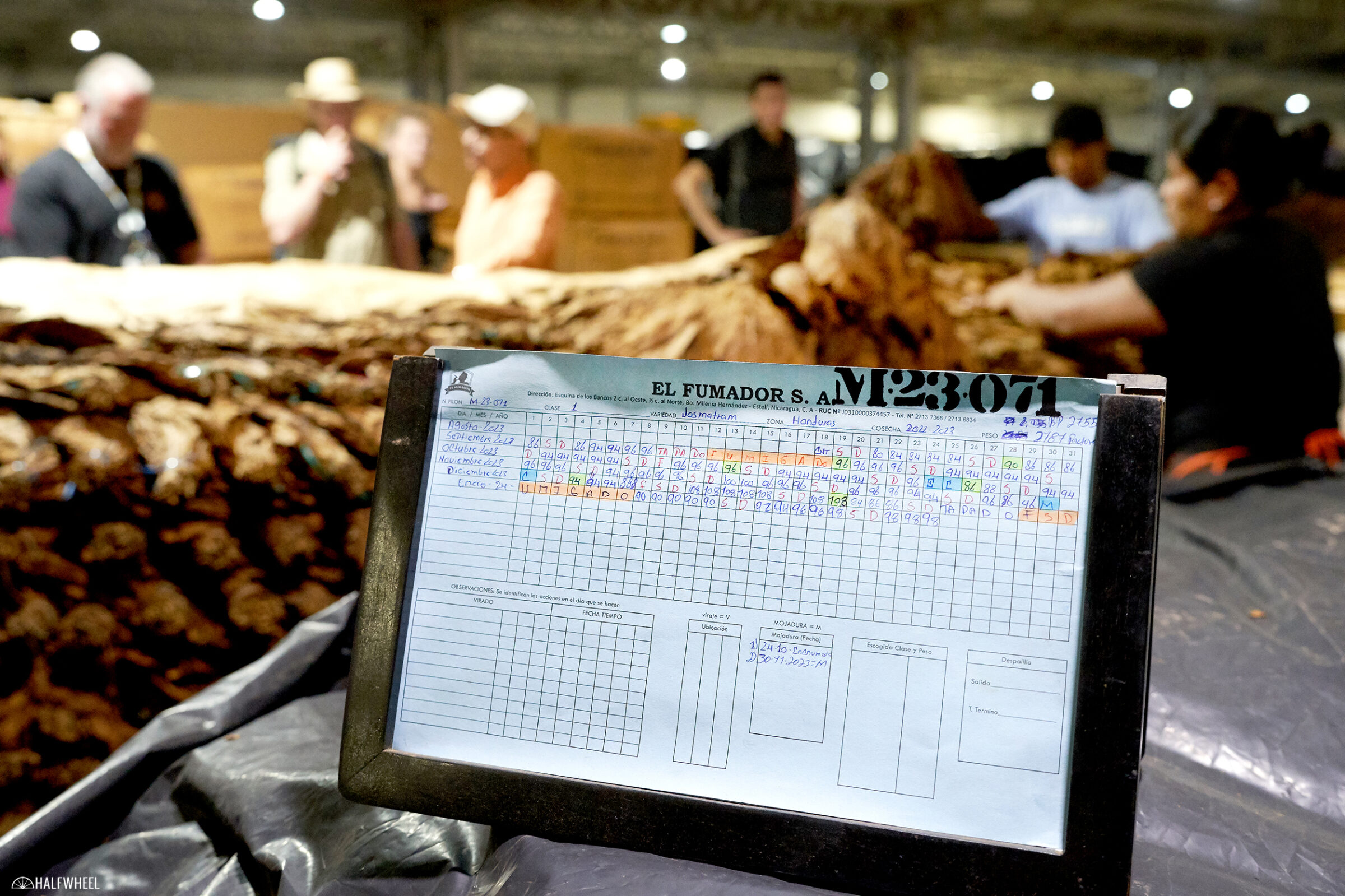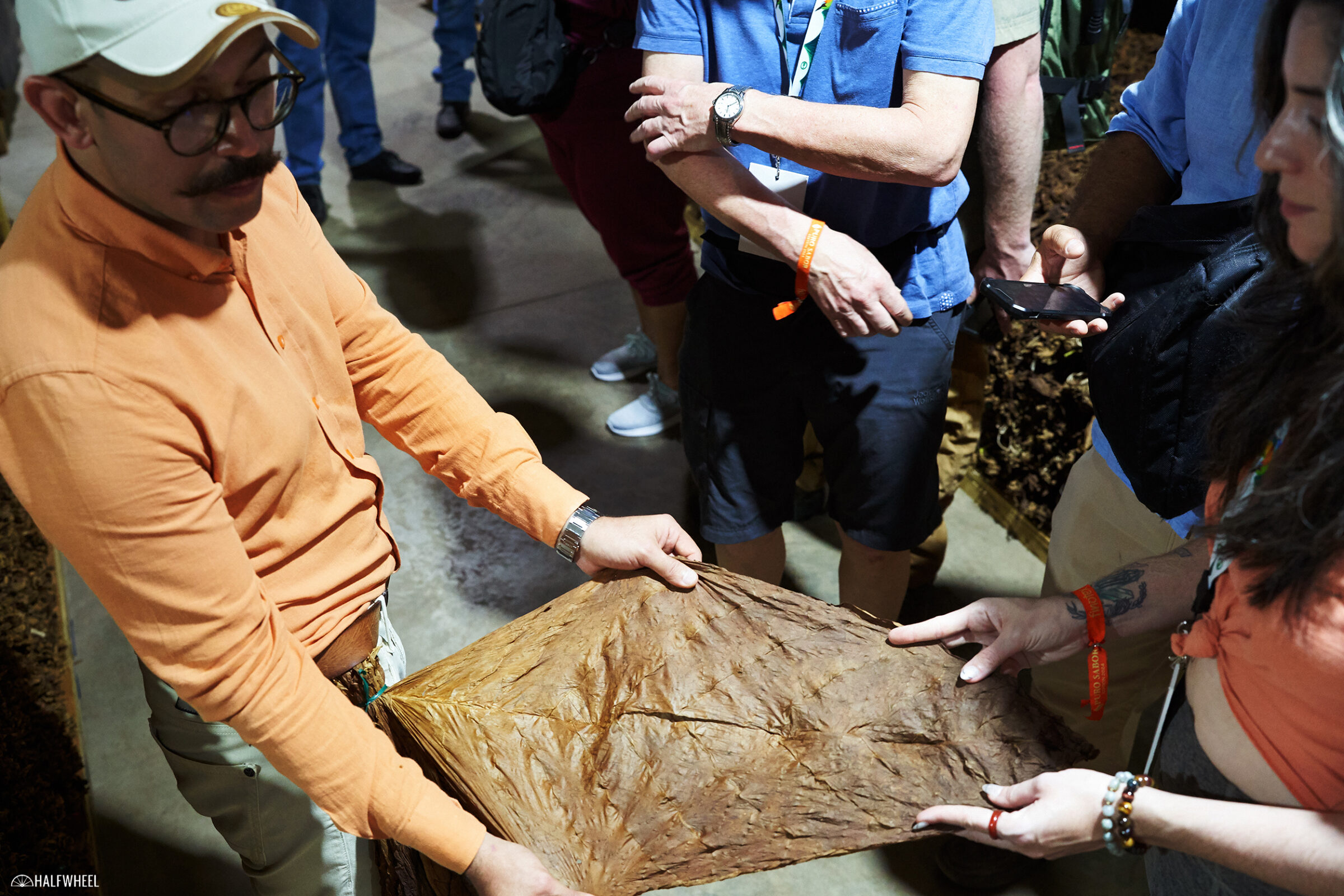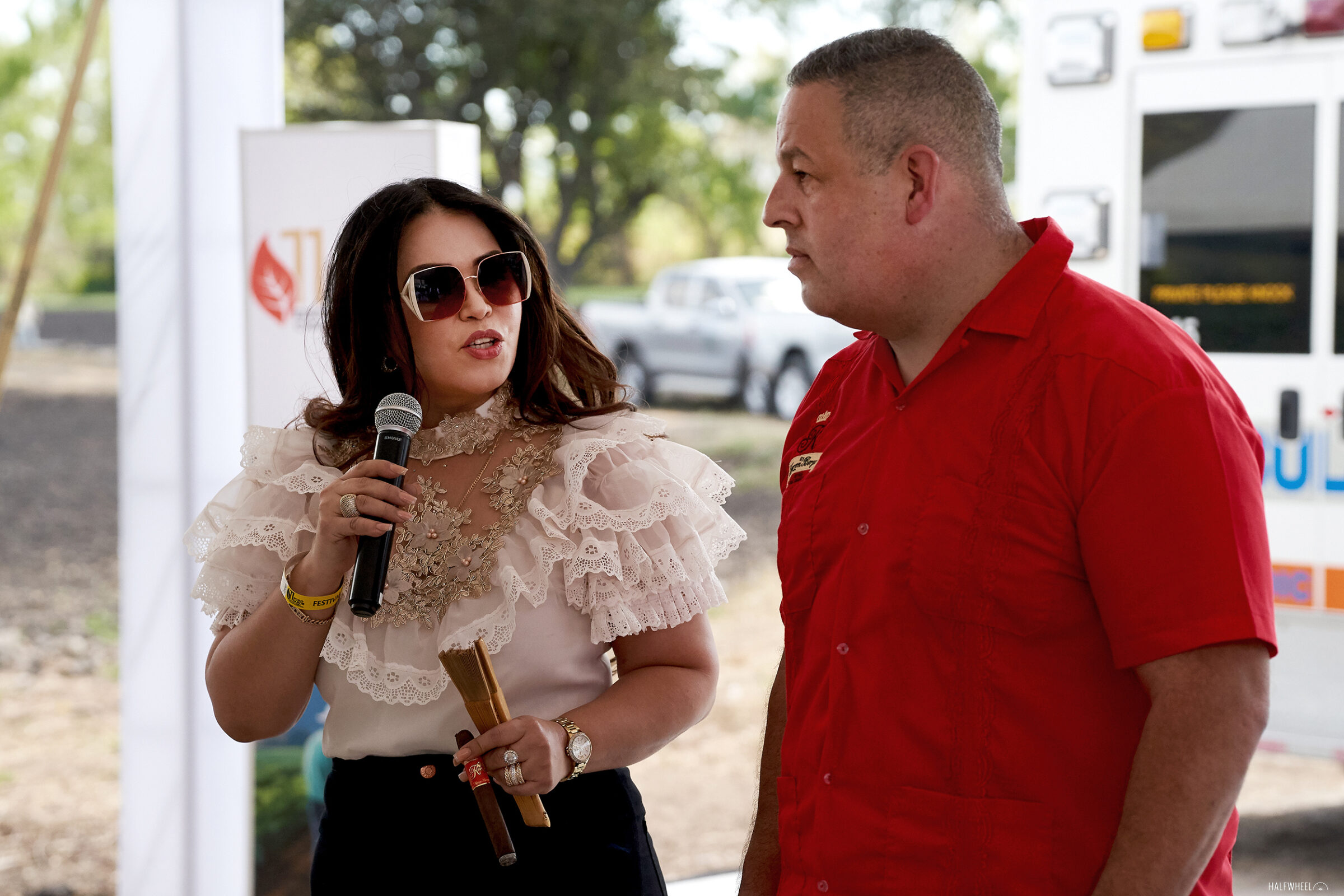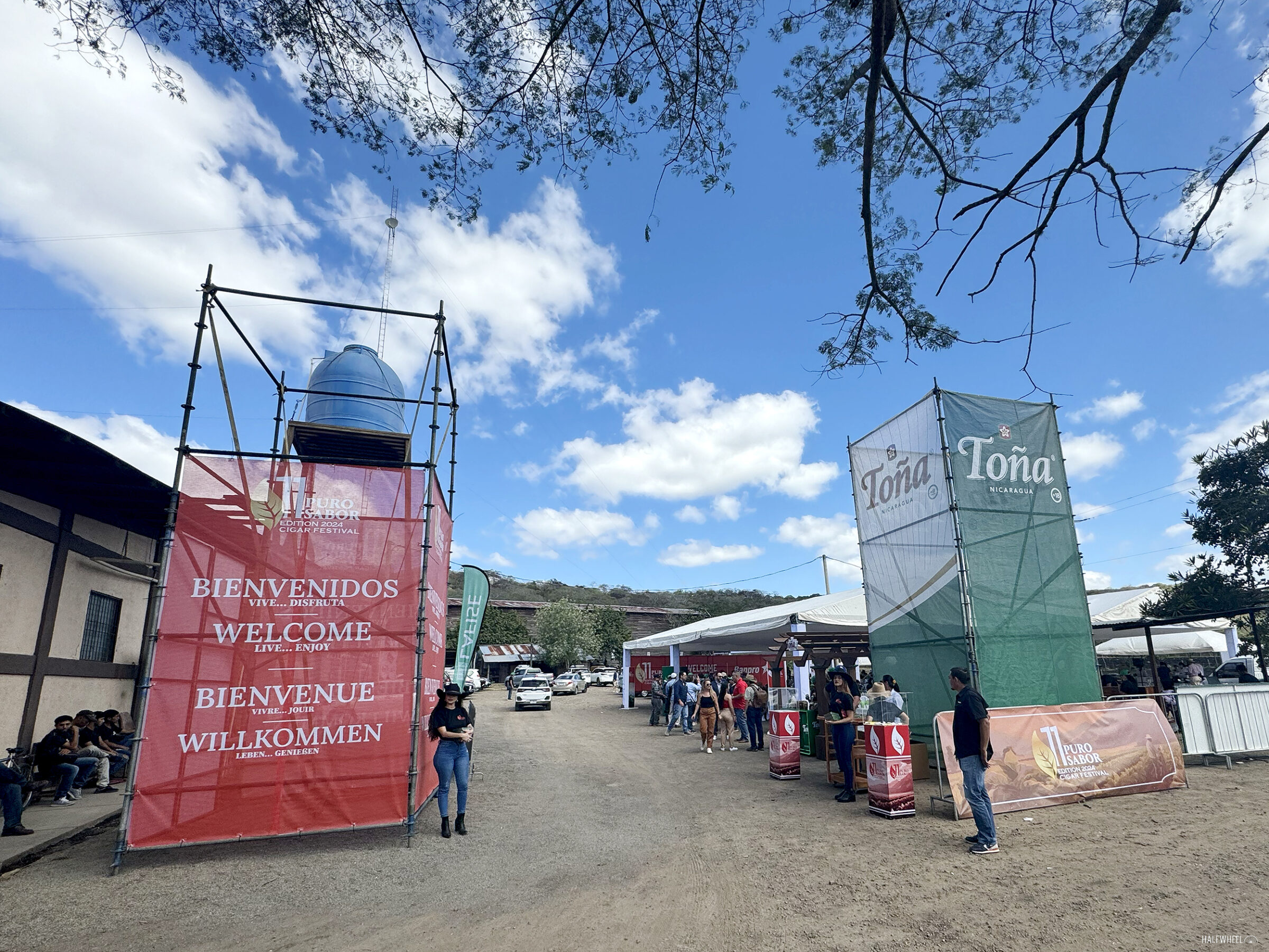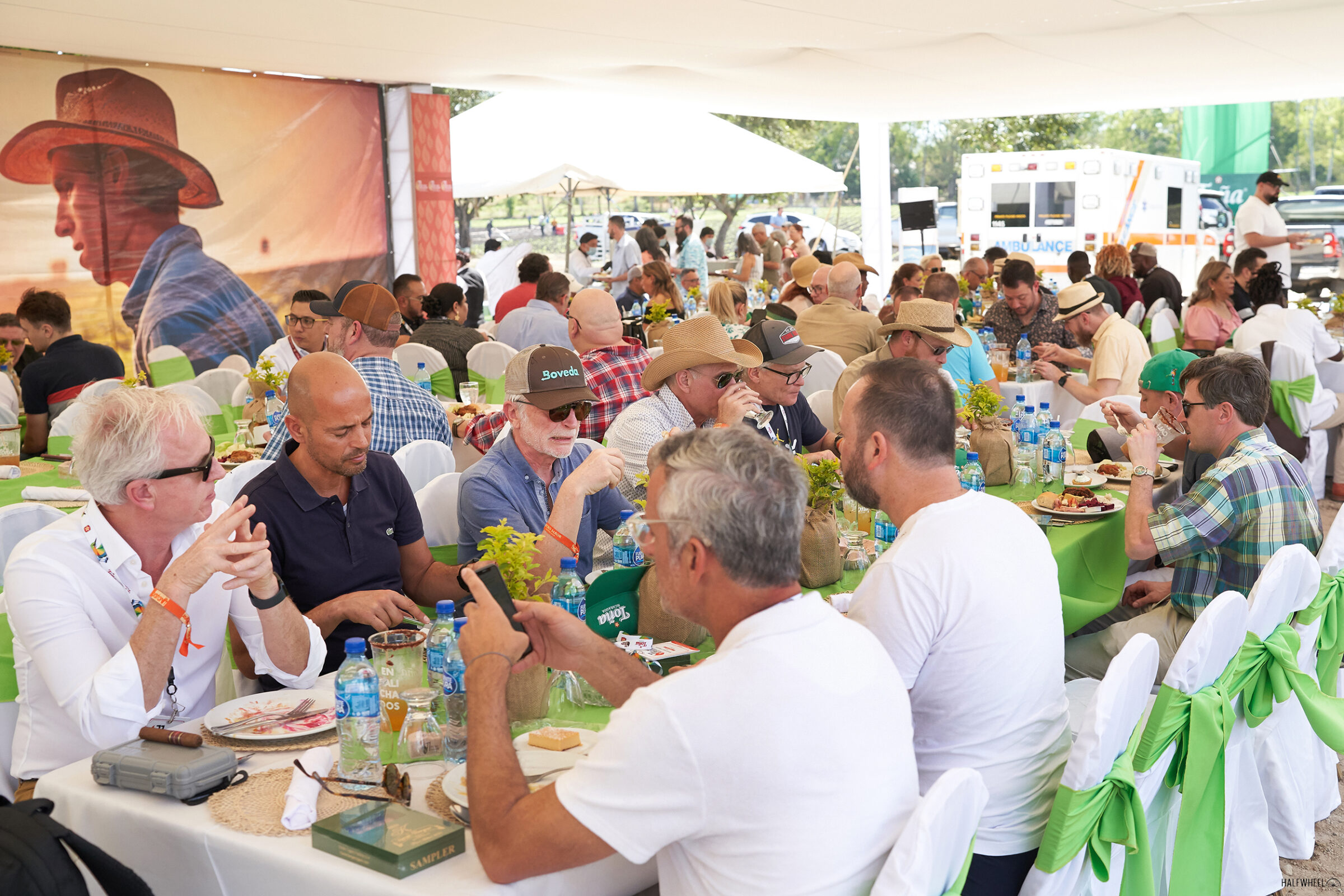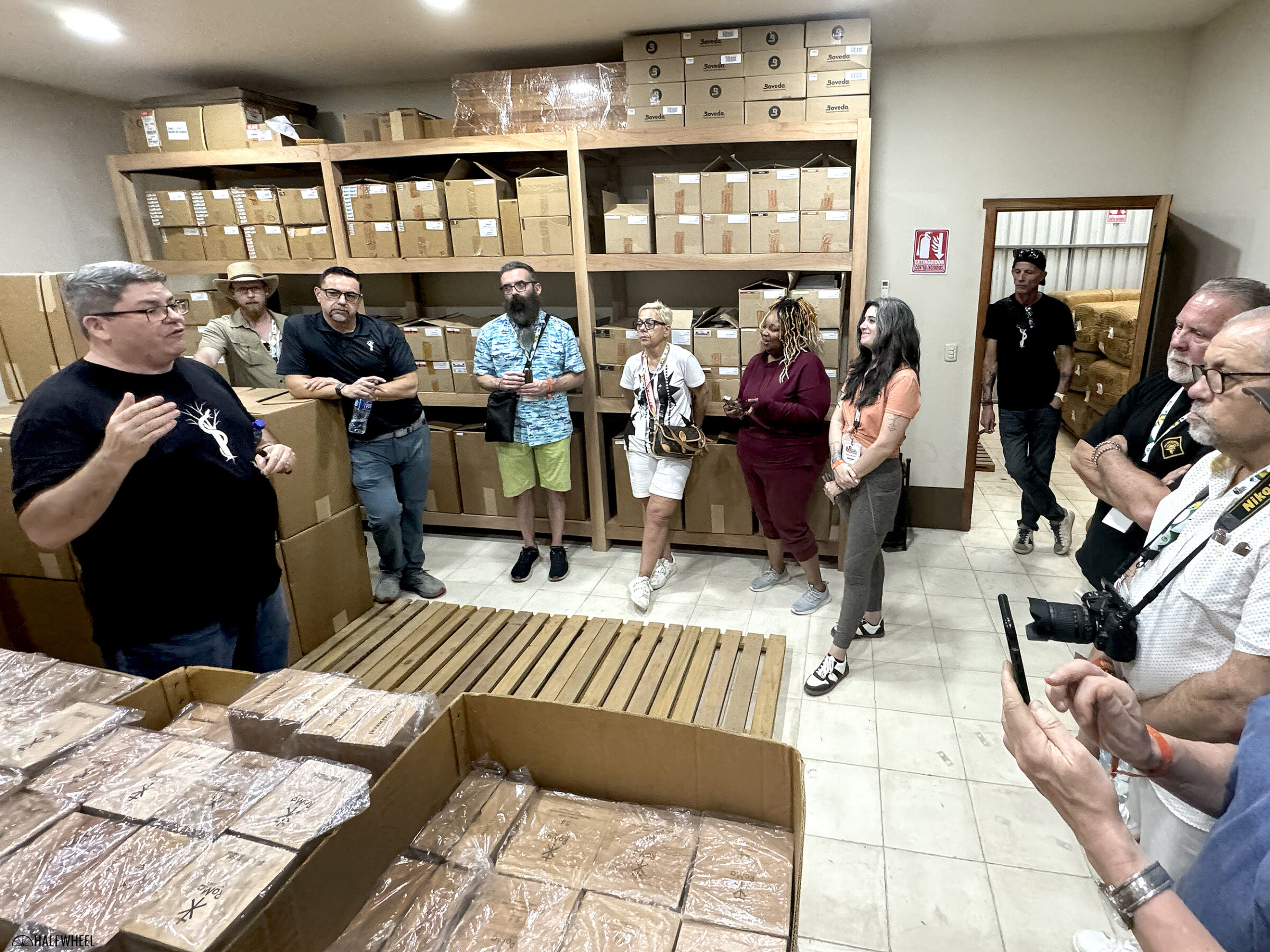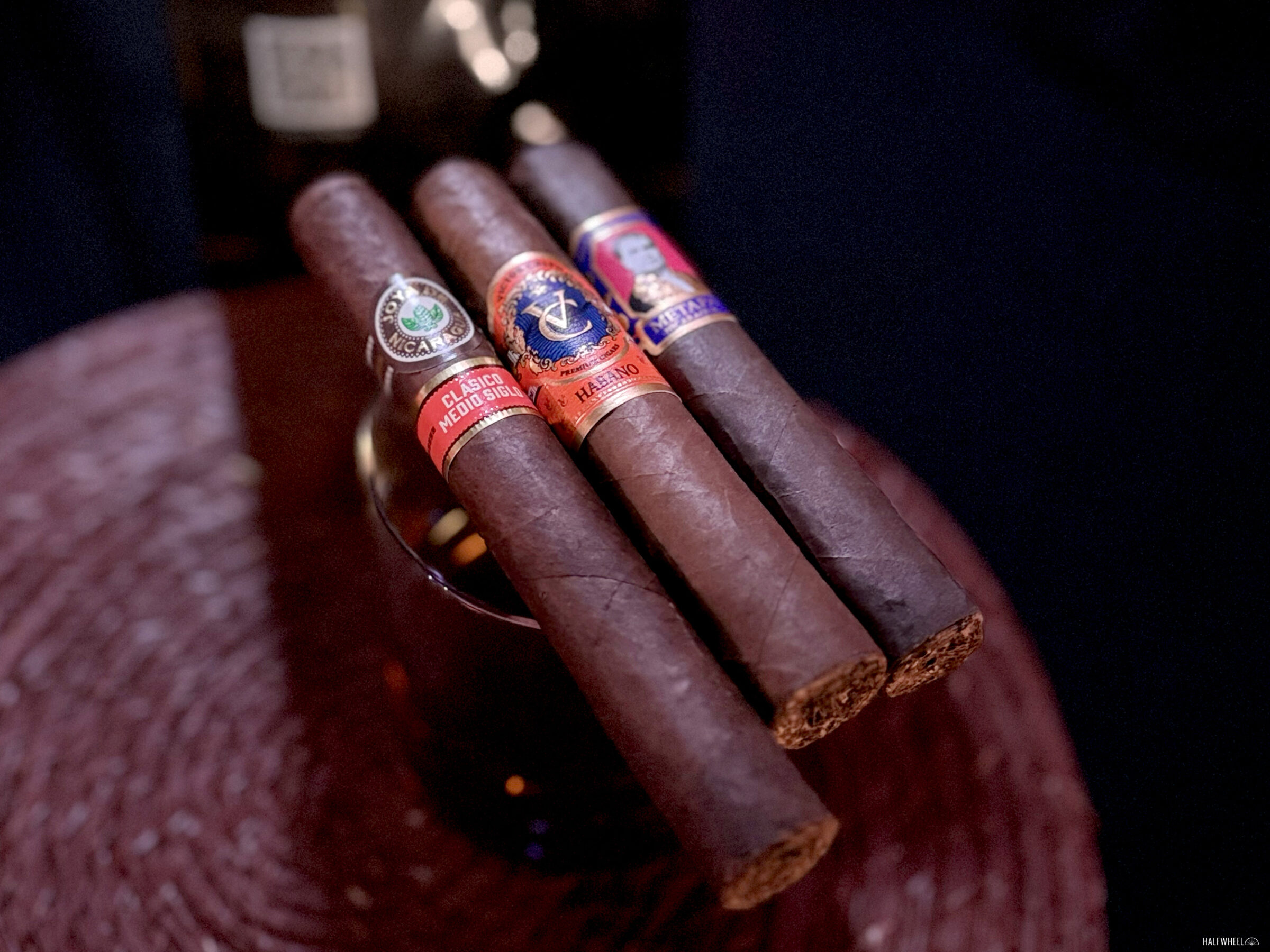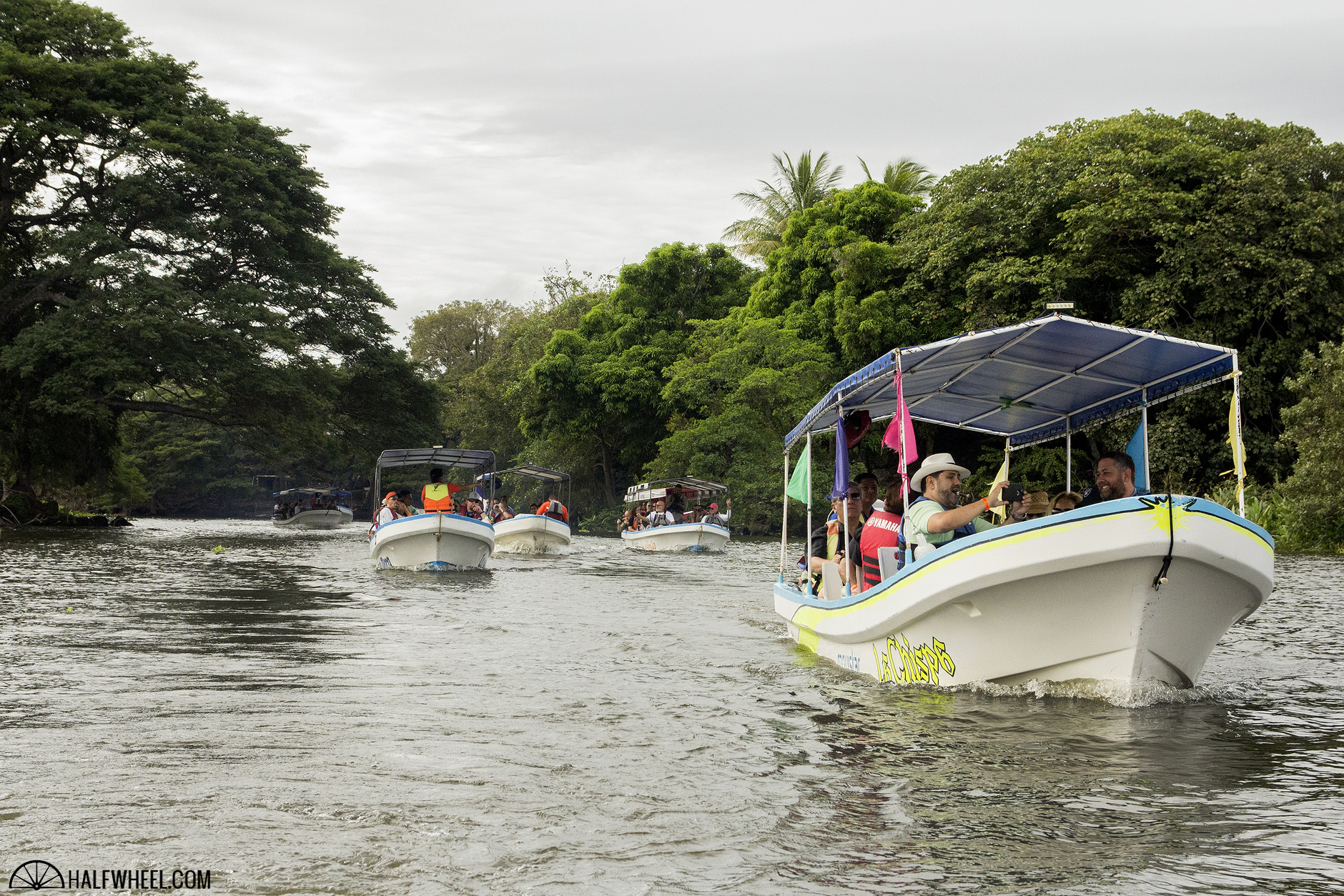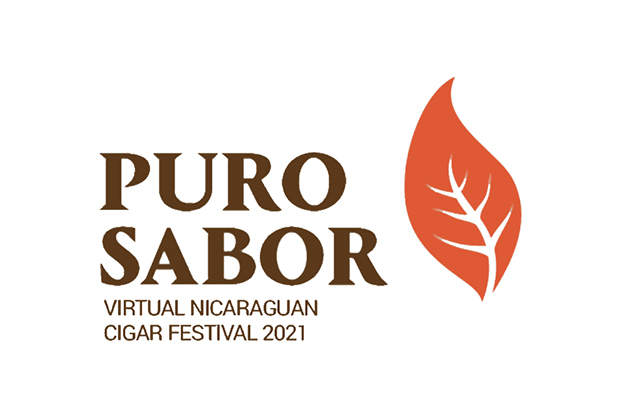To borrow a bit from a saying in broadcasting, and now back to our regularly scheduled programming.
Day 3 marked the start of what I would call the more traditional aspects of the Puro Sabor festival: the visits to the factories, farms and other facilities of the member companies. As has been discussed before, Puro Sabor’s format allows participants to select from one of eight groups, each of which visit five to six companies over the course of the final three days of the festival. The visits are divided up so that one happens pre-lunch, while the other occurs after lunch.
For me and the rest of Group 4, that meant starting Wednesday at a preschool in Estelí, specifically one operated by Oliva Cigar Co. for the workers of the company’s TABOLISA factory just a couple of blocks away. This is the second such school that Oliva has opened in the city, though the first is no longer operating. This newer space just celebrated its first anniversary and focuses on early education for children ages 3-5. While it’s a smaller space, the school features a computer lab as well as a traditional classroom and an activity area for the kids to learn through play. It is also designed to work with the schedules of Oliva’s employees, opening as early as 6:30 a.m. and staying open until shifts are completed, which can be until 6:30 p.m. some nights, while also providing the children with up to four meals per day.
This is all part of Oliva’s initiatives to continue to improve the quality of life for its workers and their families, and hopefully the city of Estelí as a whole.
Following the school visit, we were off to the TABOLISA factory, where Cagdas Cildir, who heads up tobacco leaf processing for Oliva’s Las Mesitas facility, led my group’s tour of the factory. The tour focused largely on following tobacco on its journey once it enters the facility to the point where it is packed to leave as finished cigars, with stops in several of the sorting rooms, and of course, the two large rolling rooms where any number of Oliva and NUb cigars were being produced that day.
While the rolling room might look much like many that I’ll see this week, two things stood out. First is that the air felt almost surprisingly clean, which is due to the fact that the company has several large machines running down the center of the room to essentially clean the air. As Cildir explained, all the cutting and handling of tobacco generates more dust than one might think, so the company is constantly cleaning the air with these machines.
Second, Oliva uses a merit and seniority system when it comes to how its workers earn their seats. In both the main rolling room and the adjacent rolling room for newer employees, seniority means you get a spot closer to the front, which explains why those workers had more complex cigar vitolas on their desks. It also provided an opportunity to see something I can’t recall seeing, a cutting board that has had a pretty significant notch worn into it after being used by a buncher who occupied a seat in the front row and has been with the company for over 20 years. I asked if he had made that notch intentionally, and he said he didn’t, just that it had developed over those years and he wasn’t going to stop using it anytime soon.
After completing the tour of TABOLISA, it was back on the Panamerican Highway for a quick drive north to Las Mesitas, the company’s new tobacco processing facility, which will also be hosting the festival’s closing dinner on Friday. Having been open for just over a year, it is one of the newest tobacco-related buildings in the area and is centered around the processing of tobacco as it comes in from the fields and before it heads to TABOLISA for production. At a simple level, this means lots of pilones of tobacco undergoing fermentation and lots of stored packs of tobacco.
At a more detailed level, this gave Cildir the opportunity to show off a number of tobaccos used by the company and give attendees a chance up close with tobacco undergoing fermentation, including getting to touch and smell several types of tobacco to begin to understand and identify differences between varietals as well as between tobaccos in different stages of the fermentation process, which for Oliva can last anywhere between 10 months and two years.
With the visit to Las Mesitas complete, it was off to Estelí Cigars S.A., best known as the home of Karen Berger’s cigars, for lunch in an area adjacent to several tobacco fields. Berger’s new K-Fire by Karen Berger was the featured cigar, while attendees also received a sampler of her core line cigars to enjoy.
Our afternoon was split between two smaller facilities, Villiger de Nicaragua and Fábrica de Tabacos Nica Sueño, home of RoMa Craft Tobac and several other brands. Villiger’s new facility was the first stop, and it looked much as I remember it from last year’s festival when it was officially opened. The facility, which sits directly next to Joya de Nicaragua’s factory, and which is operated by several members of Joya de Nicaragua’s team, is one of the more modern-looking facilities on the agenda this week. I was intrigued to see how the facility would look after a bit more than a year of full-time operation, and, on the whole, it was much as I remember it. Given its size, the facility doesn’t ferment or process tobacco, picking up the work as processed tobacco comes in and gets sorted and organized for use by the bunchers and rollers.
Our group was welcomed by Michael Blumendeller, who is the head of the premium cigars division for Villiger as well as the manager of special tasks and projects, meaning he has hands both in the construction of the factory and the development of the cigars being produced there. Mario Pérez, general manager of Joya de Nicaragua and who oversees the Villiger factory as the two companies are operating it in partnership, led the group around the facility.
With an afternoon split into two visits, it was a shorter visit but still a sufficient amount of time to see Villiger’s factory before heading up the road to some other fairly new facilities, Fábrica de Tabacos Nica Sueño’s three bodegas, which opened a little over a year ago and which have given the company space for more tobacco processing and storage, including fermentation of the tobaccos it uses in its blends. RoMa Craft Tobac’s Skip Martin, Mike Rosales and their team discussed a good bit about both the tobacco processing and storage happening in the three spaces they operate, but also about the unique challenges they face in sourcing and buying the tobacco they use given the size of the company and their demand for top-tier leaves. It was certainly much more of a crash course in the business side of a cigar company than I was expecting, and one I commend the company for talking about with attendees.
Closing out the visit, we headed to the company’s factory where the cigars are made, aged and shipped, and it is much as I remember it, though the front seating area and lounge has been repurposed into the packaging area so that eight workers can get the cigars ready for shipment. As a contrast to other factories, each of the eight ladies working during our visit do all of the steps of packaging as opposed to being focused on a single-task at most other factories. This means banding the cigars, putting them in cellophane, then affixing UPC stickers and getting them in their appropriate packaging to be put into boxes for shipment to the company’s Austin, Texas headquarters or distribution center in Germany.
As RoMa Craft Tobac enters its 10th year of business, it is still truly impressive to see how far the company has grown and how ready it seems to be to expand once again into a larger space. Whether or not that happens remains to be seen, but the company is certainly getting everything it can out of its facilities and showed why it deserved our Factory of the Year award in 2022 and Company of the Year award in 2023.
Following a return to the hotels to get cleaned up for dinner, it was time to head to Victor Calvo’s factory for dinner, which featured guests of a local motorcycle club and their bikes lining the entrance into the dinner, certainly a new sight for me in the years I’ve been covering the event.
The format was much the same as the other nights, with a welcome from Victor Calvo Jr. kicking off the event, followed by dinner and then, following a brief patch of drizzle, the most lively night of dancing yet, including stilt walkers clad in LED costumes helping to get the crowd off their feet and carry the party past midnight.
As for Thursday, I’ll be off to Tavicusa in the morning, which is home to many of Rocky Patel’s premium cigar lines, and then Victor Calvo’s factory in the afternoon, with lunch at Plasencia Cigars S.A. in the middle. As always, keep an eye on halfwheel’s Instagram page for updates throughout the day and let me know if there’s anything you’d like to see or know from the festival.

